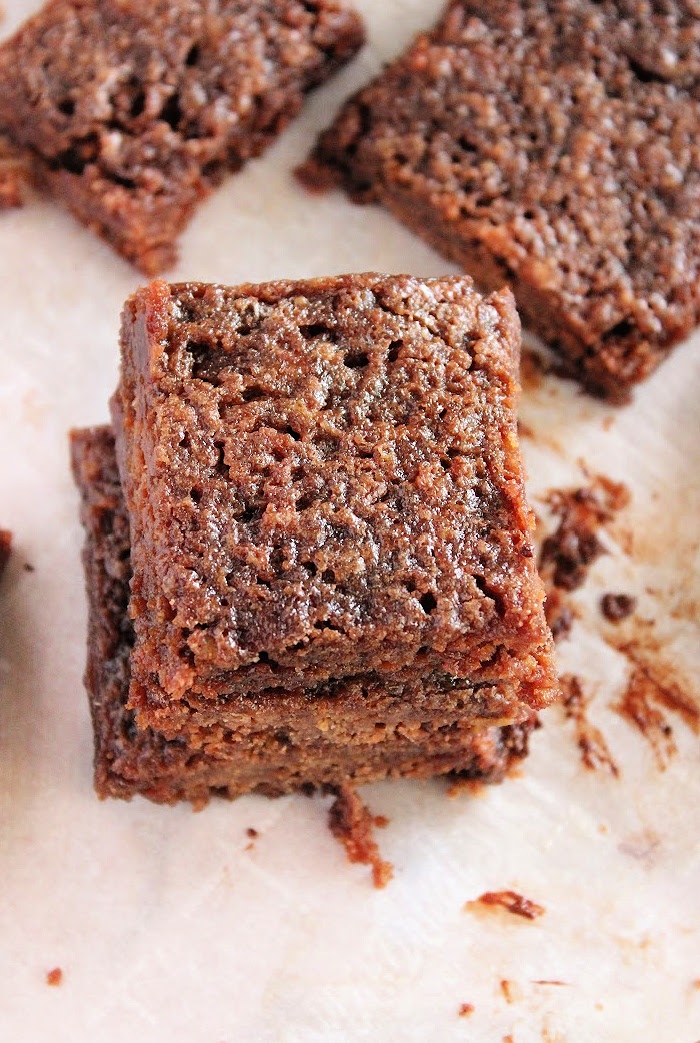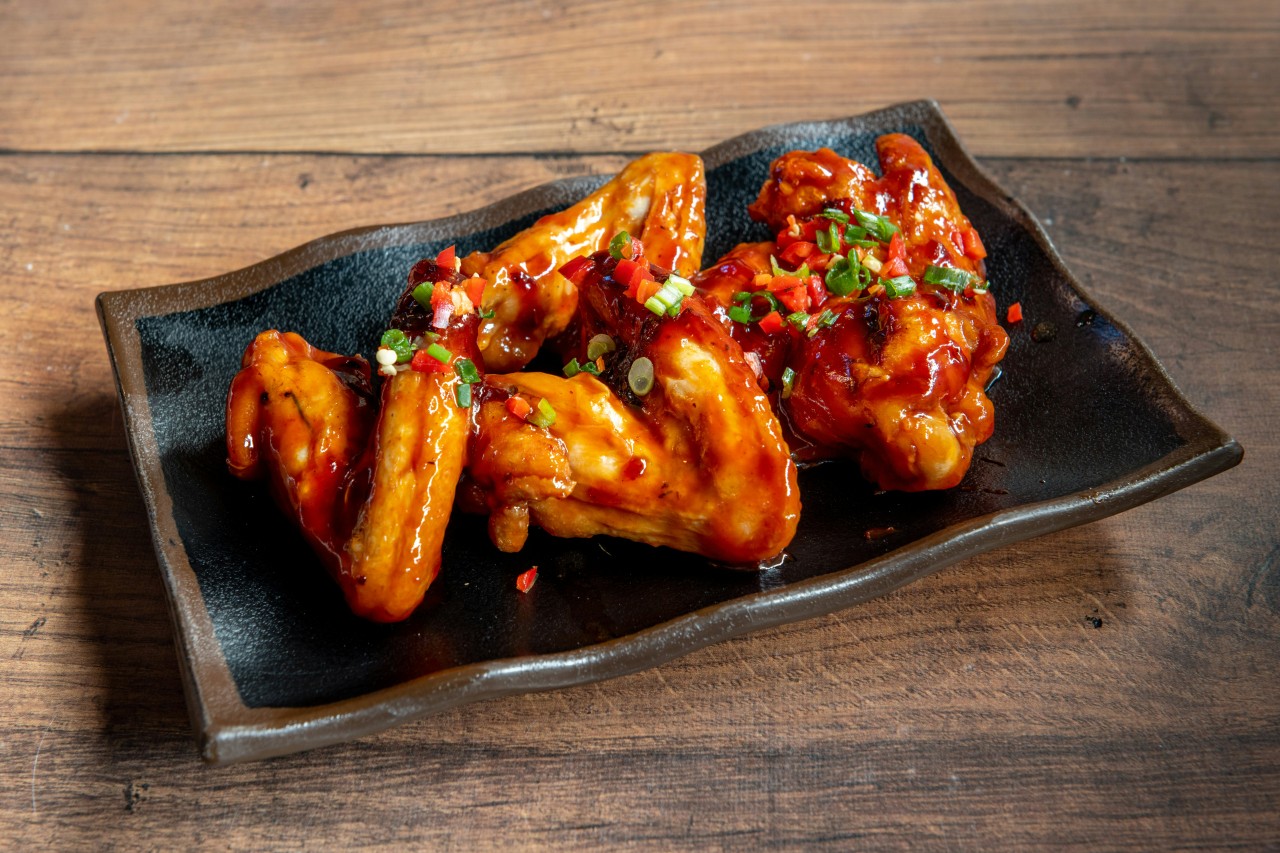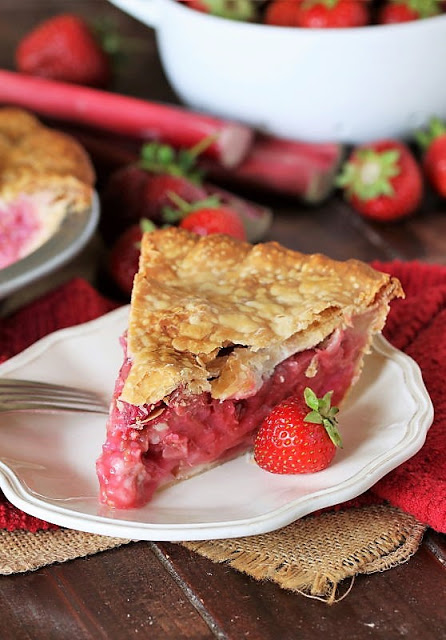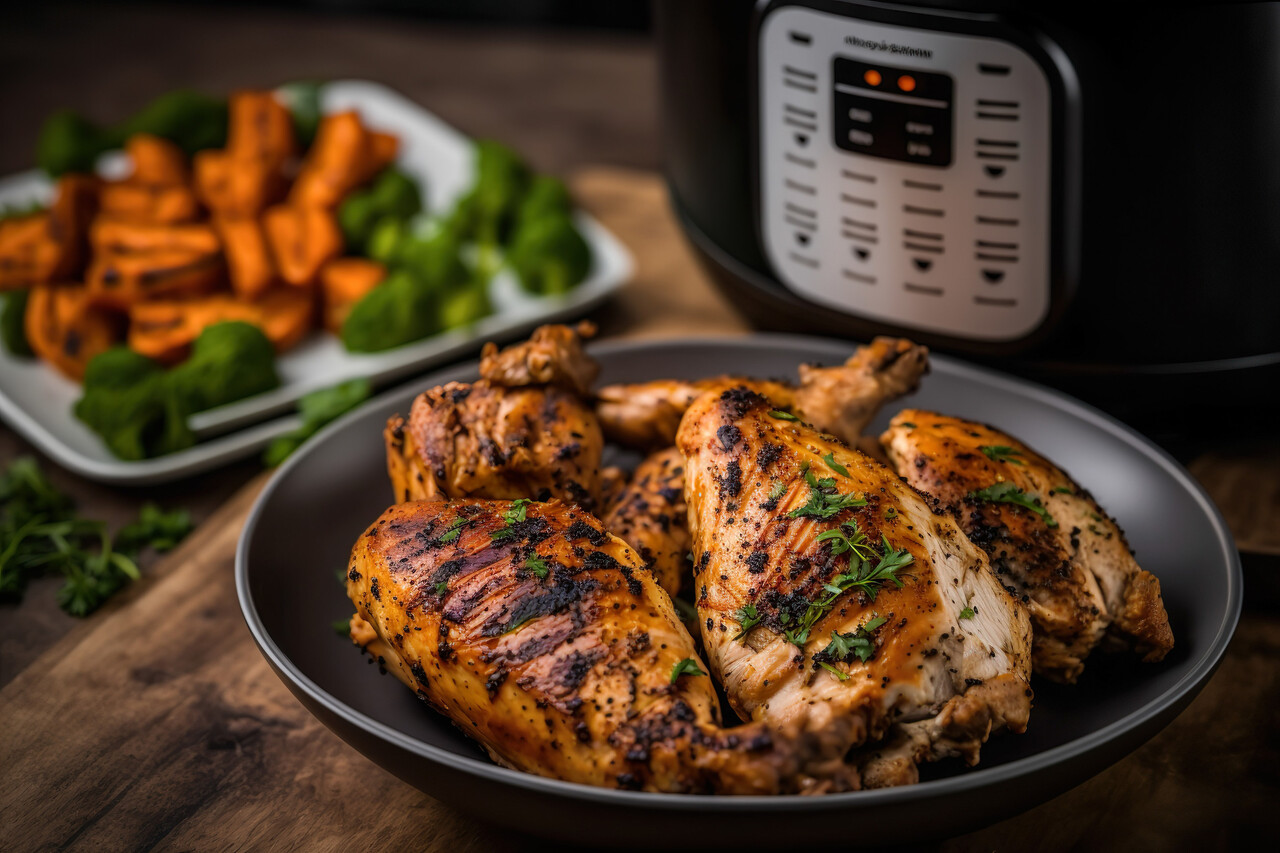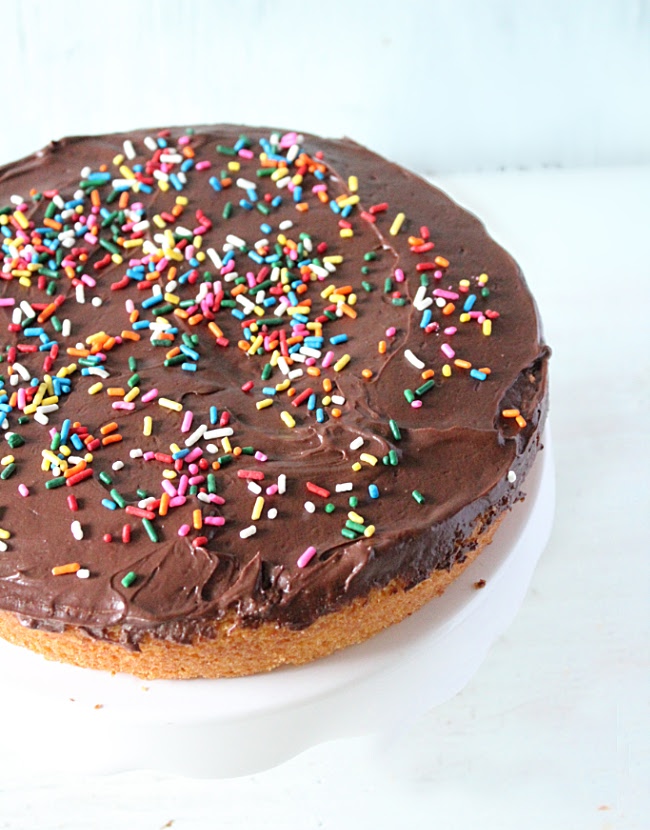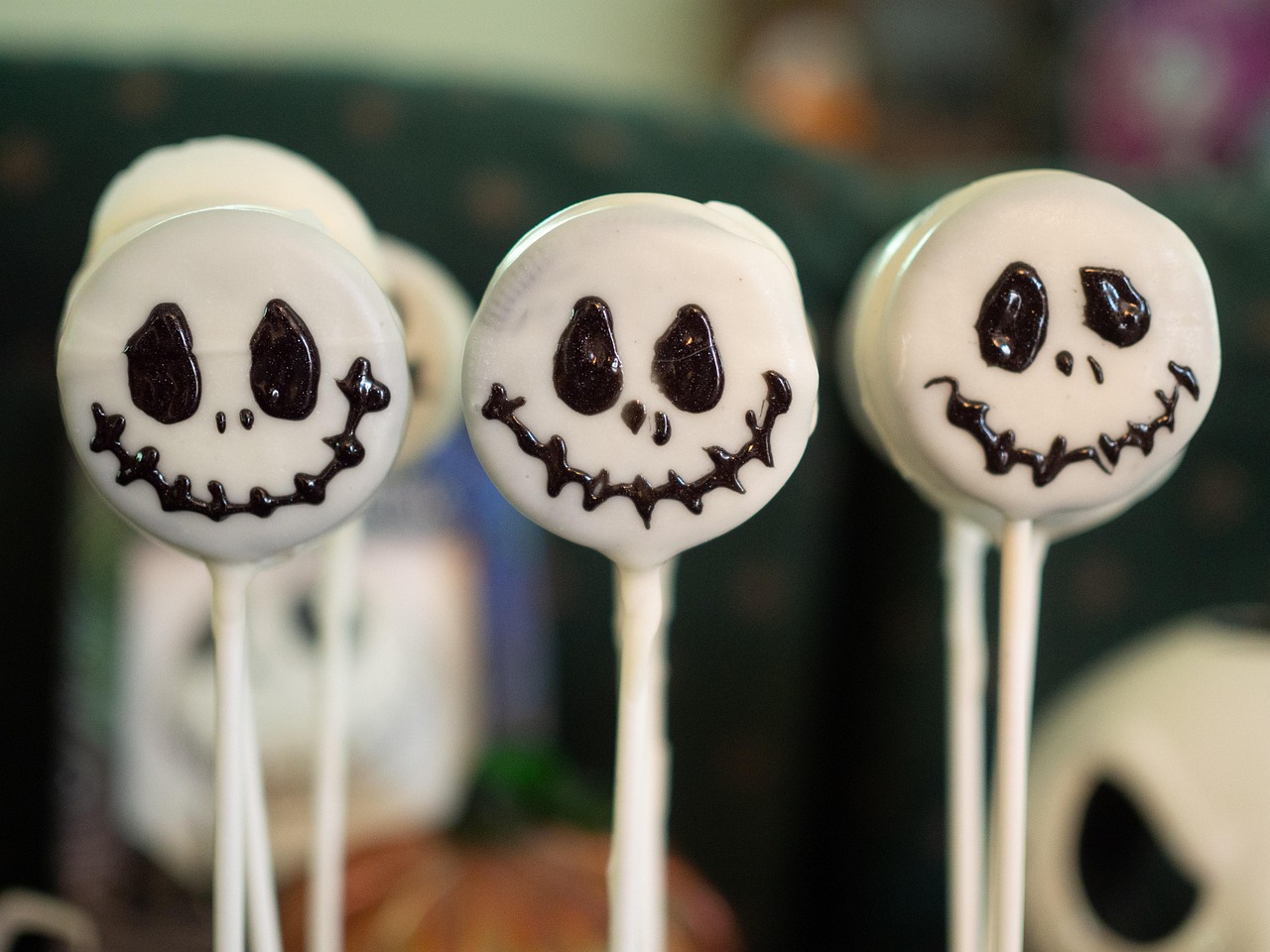8 Coffee Trends Taking Over U.S. Cafes Right Now
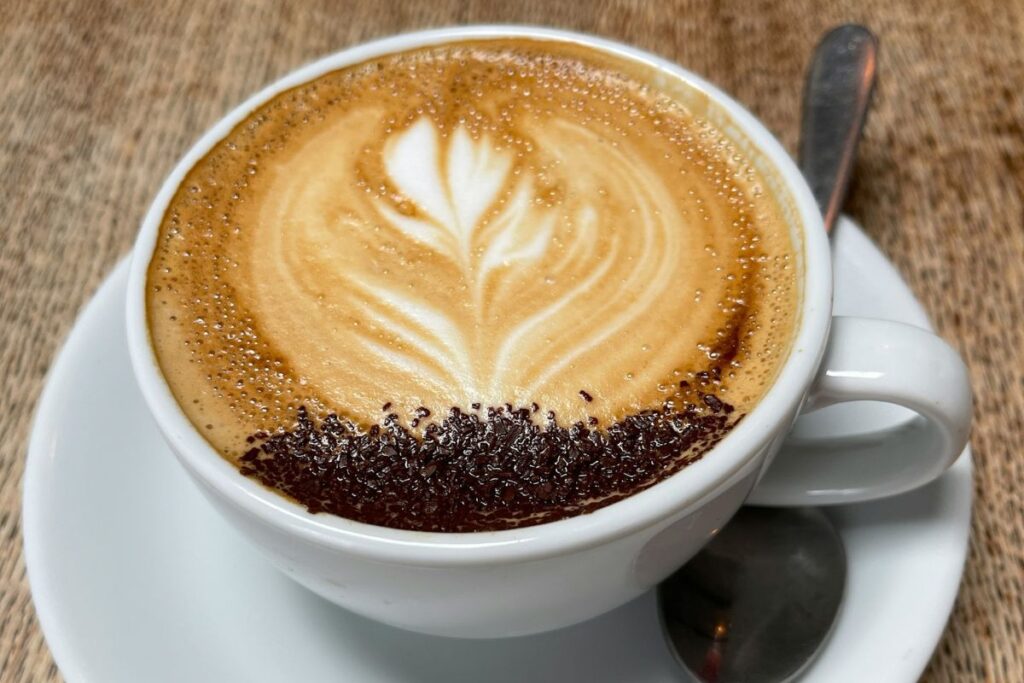
Coffee menus in U.S. cafes are evolving fast as operators chase flavor, convenience, and experiences. Cold-brew and nitrogen-poured drafts expand chilled options while single-origin transparency and specialty roast stories deepen customer engagement. Plant-based milks and functional blends diversify the beverage palette, and crossovers with cocktail culture lengthen profitable service hours. At the same time, cafes pursue sustainable packaging and smart brewing tech to control quality and costs. Below are eight trends shaping menus, equipment choices, and consumer expectations in cafes across the country today.
1. Nitro and Cold Brew on Draft
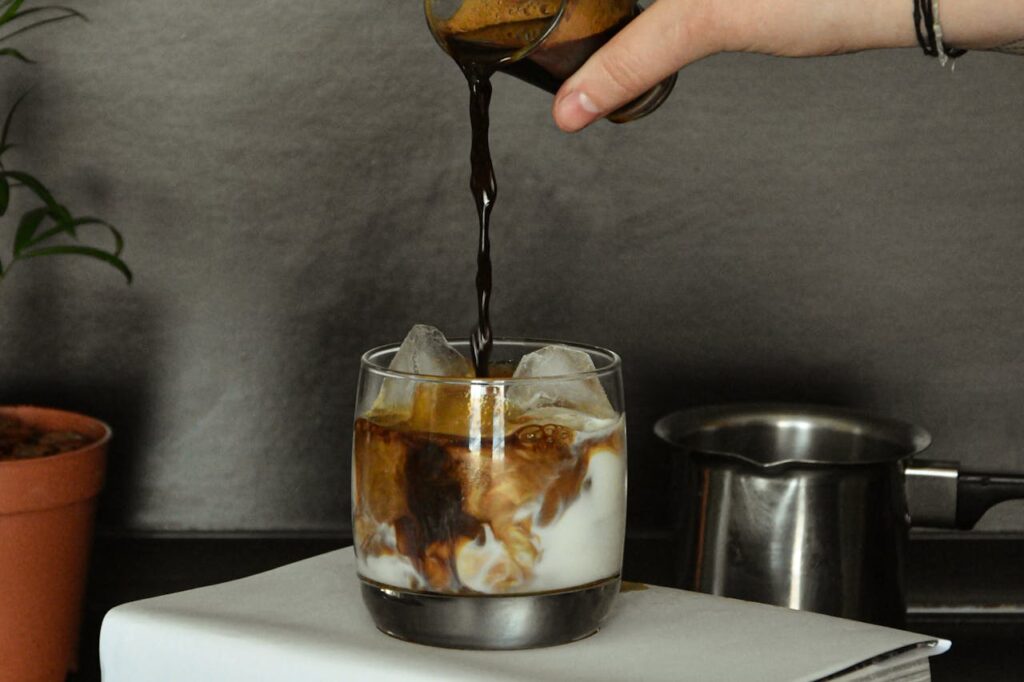
Nitro and cold brew have expanded beyond specialty shops and into mainstream cafes as demand for chilled coffee rises. Nitro’s cascading crema and velvety body make it feel indulgent, while cold brew’s smoother flavor and lower perceived acidity appeal to customers sensitive to bitterness. Draft taps allow consistent pours, speed during rushes, and the ability to serve new formats like nitro lattes or seasonal cold brew infusions. Many cafes now invest in keg systems to keep up with demand.
2. Single-Origin, Direct-Trade Transparency
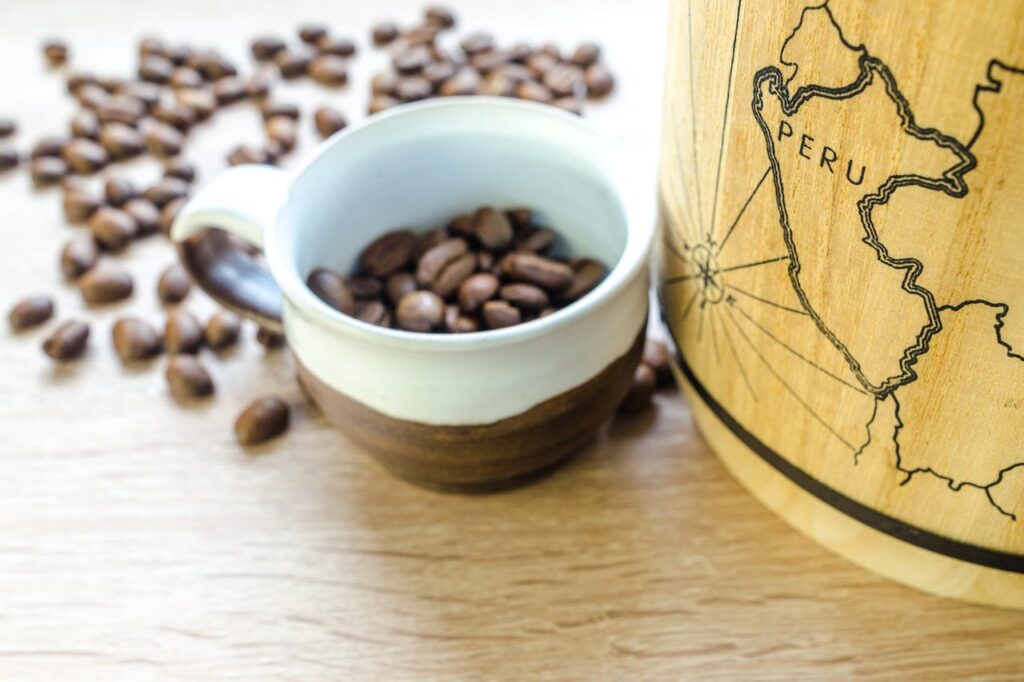
Coffee menus increasingly highlight single-origin offerings with full details about farms, regions, and processing methods. Customers expect stories that explain altitude, variety, and tasting notes that connect flavor to source. Direct-trade partnerships and QR-linked transparency reinforce trust while allowing roasters to justify premium pricing. Cafes often hold guided tastings to help customers compare origins and understand flavor diversity. Provenance has become as important as freshness for serious coffee drinkers.
3. Barista-Grade Plant Milks (Oat, Pea, etc.)
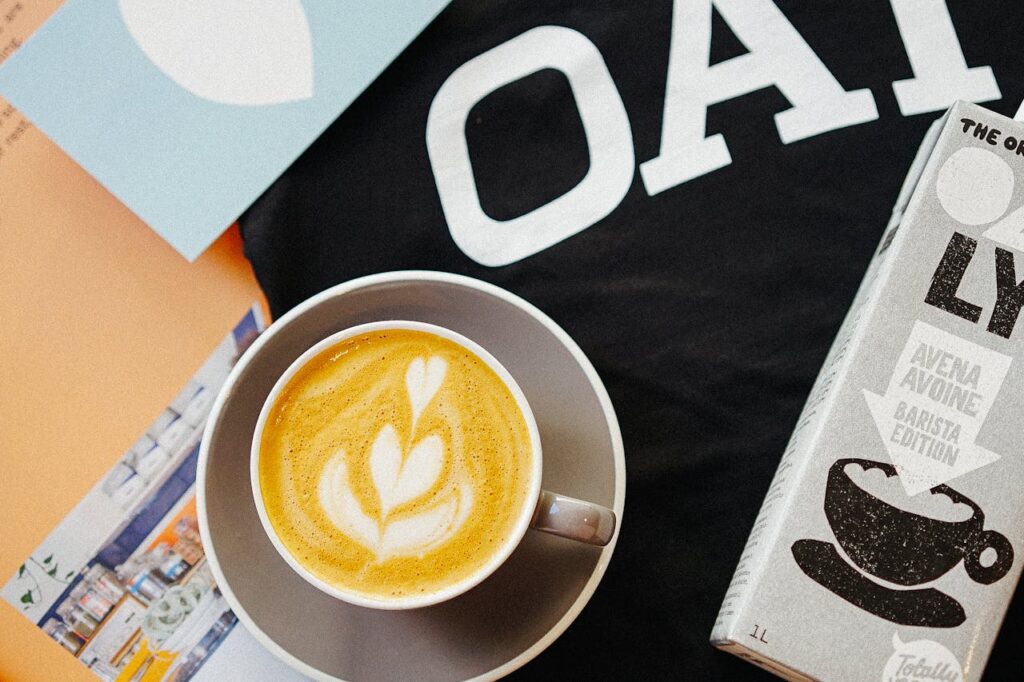
Oat milk remains the most popular plant-based option, but barista-quality alternatives like pea, macadamia, and almond blends now take center stage. These milks are designed to steam well, produce microfoam, and support latte art without curdling. Cafes train staff to master texture so drinks remain consistent across dairy and non-dairy menus. Some shops promote plant milk as the default, positioning it as a sustainable, creamy choice that satisfies modern consumer preferences.
4. Coffee Cocktails and Boozy Crossovers
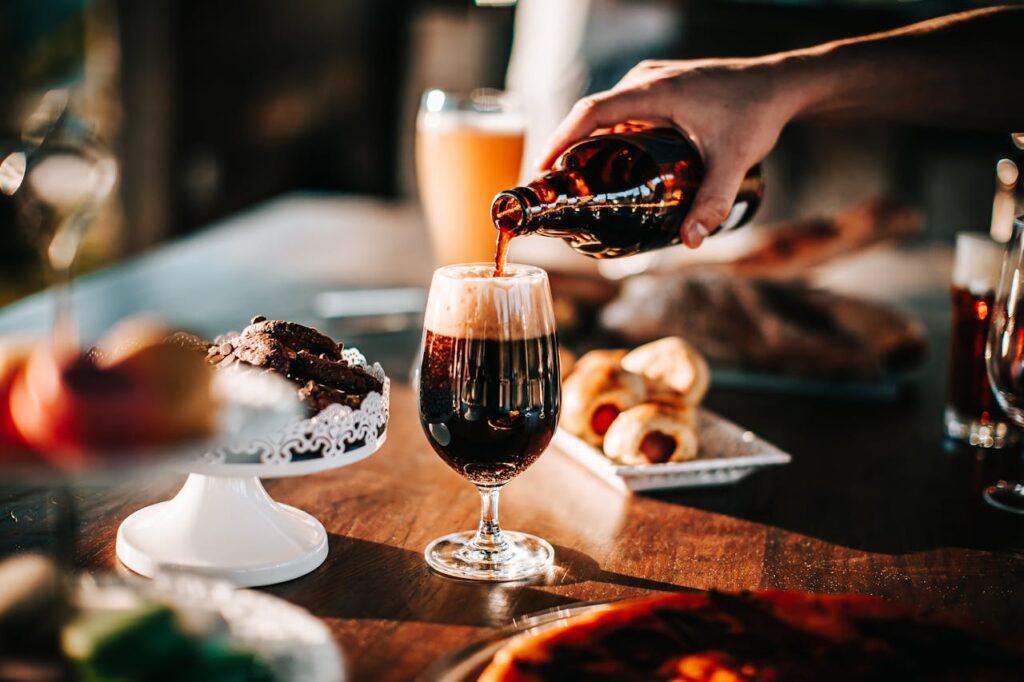
Cafes are expanding their beverage programs by experimenting with coffee cocktails that extend service into evening hours. Beyond the classic espresso martini, bartenders and baristas collaborate on low-ABV spritzes, barrel-aged cold brew, and bitters infused with coffee flavors. These drinks appeal to adventurous customers who want complexity and novelty in their cup. By adding alcohol, cafes generate additional revenue while offering an experience that blends café culture with cocktail sophistication.
5. Smart Brewing Tech and Pro Home Gear in Shops
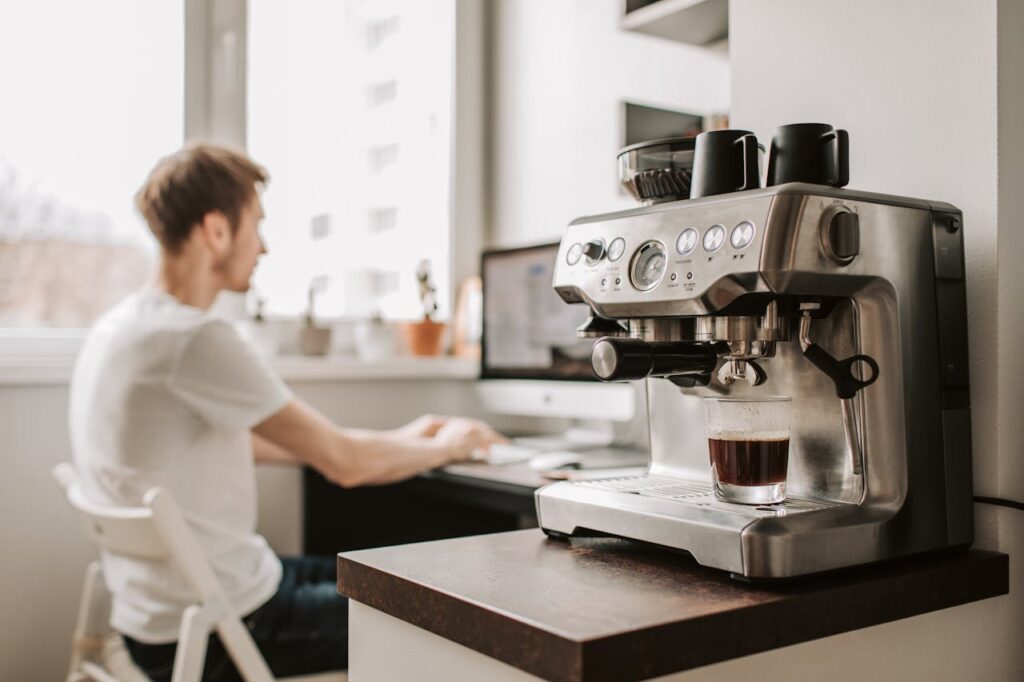
Automation and precision equipment have become essential in modern cafes. Smart brewers can replicate pour-over recipes with exact ratios and temperatures, while app-controlled grinders deliver consistency shift after shift. Customers also encounter pro-level gear in cafes that double as retail, with staff offering demonstrations to encourage at-home purchases. By integrating smart technology, shops reduce waste, improve quality, and give guests confidence that each cup will meet a consistent standard.
6. Sustainability, Circular Systems, and Packaging
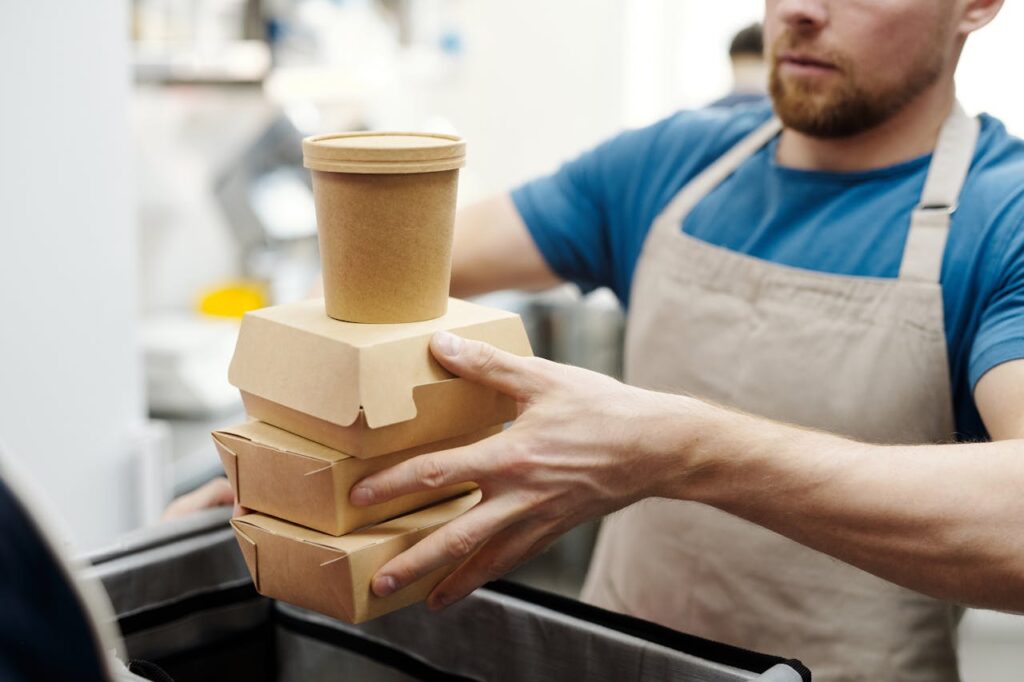
Sustainability is more than a buzzword as cafes prioritize eco-conscious solutions across operations. Compostable bags, reusable cup discounts, and recycling programs for spent coffee grounds all reduce waste. Some cafes partner with local farms and projects that repurpose grounds for compost or even mushroom cultivation. Packaging has shifted toward minimalist designs that often feature scannable codes for sourcing and recycling information. These efforts allow customers to see measurable action on sustainability.
7. Functional and Adaptogenic Coffee Blends
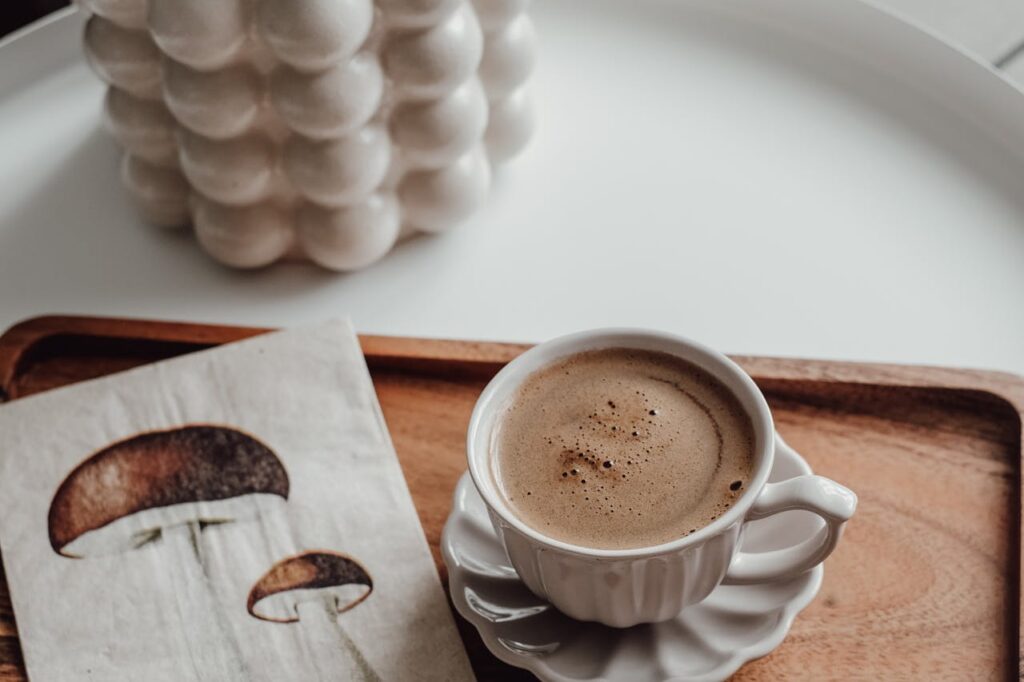
Wellness-driven customers are fueling the rise of functional blends that combine coffee with mushrooms, herbs, or nootropic powders. These drinks are marketed for potential focus, calmness, or balanced energy, though most cafes avoid exaggerated claims. Baristas educate guests on flavor differences and encourage tastings to ease skepticism. By positioning these drinks as mindful alternatives, cafes attract health-conscious audiences while still centering coffee as the ritual. Transparency in sourcing is key for credibility.
8. Seasonal Menu Experiments and Viral Novelty Drinks

Limited-time creations help cafes stay relevant in a social media world where visual appeal is as important as taste. Baristas craft colorful lattes with floral syrups, citrus tonics, and creative toppings that draw attention online. Novelty drinks like caramel cloud pours or chocolate-rimmed cups bring customers in for the experience. By testing seasonal concepts in small batches, operators gauge customer reaction and decide which ideas deserve a permanent menu spot.
